Warehouse Management: What It Is and How to Do It Right
This warehouse management article helps you understand practical advice for any business that is involved in running warehousing operations.
Warehouse automation has been a significant trend in the logistics industry in recent years, driven by the need to improve efficiency, reduce costs, and meet growing consumer demands for faster and more accurate deliveries. Warehouse automation technologies have continued to evolve rapidly, with new advancements that offer even greater efficiency, speed, and accuracy. In this article, we will discuss the latest warehouse automation trends, their benefits to warehousing, and how businesses can get ahead of these warehouse technology trends.
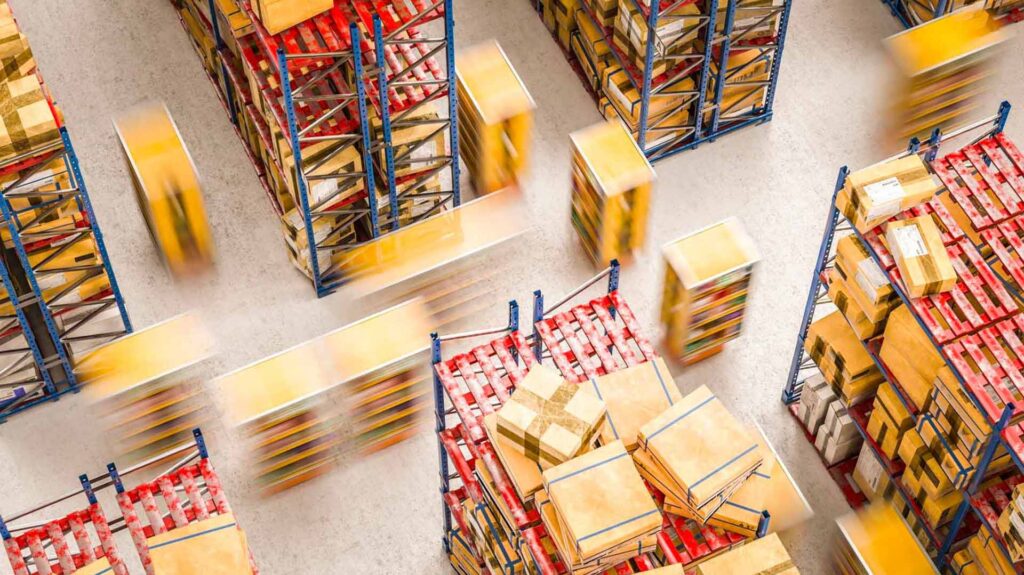
Warehouse automation refers to the use of technology and software to automate various repetitive tasks including warehouse management, order picking, packing, and shipping. The goal of automation in a warehouse is to improve efficiency, accuracy, and productivity, while also reducing labor costs and minimizing errors.
Now that you know what is warehouse automation, let’s jump into the latest warehouse technology trends that you can use for your business.
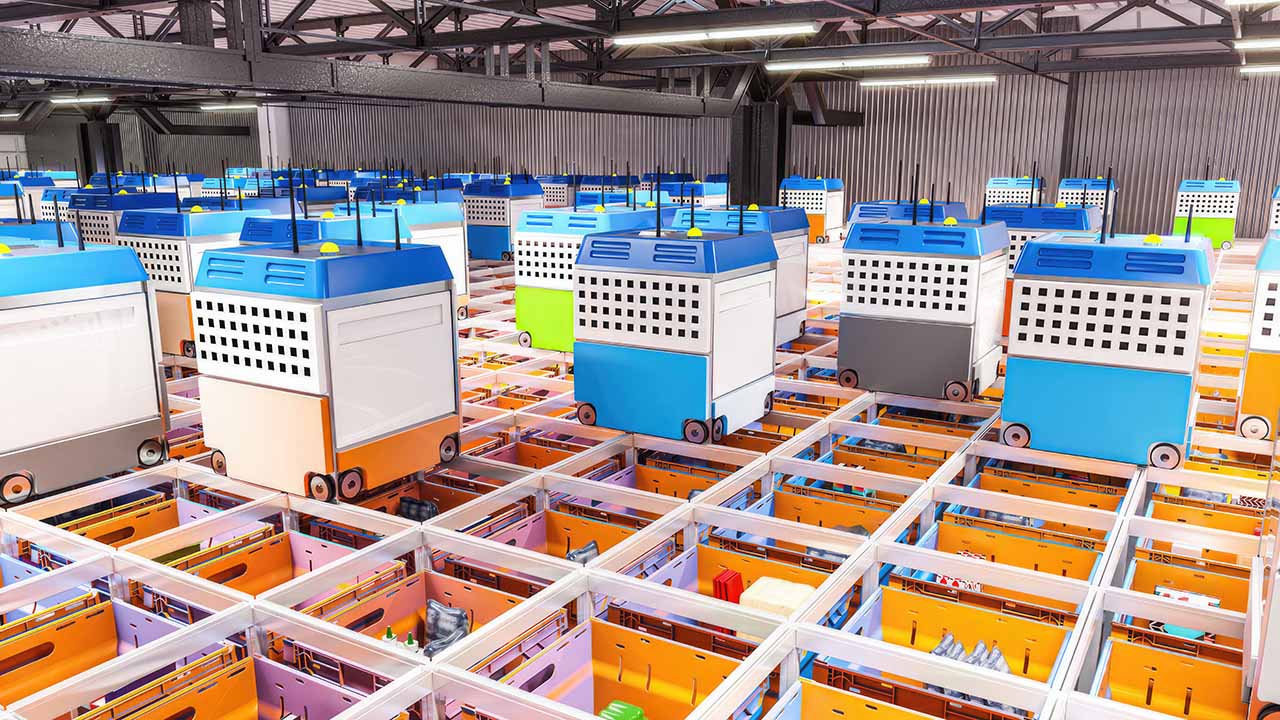
Keeping up with the latest warehouse automation trends is important for maintaining an effective warehouse. In this age, new automation can feel like it is constantly changing. This list is 21 of the latest trends in warehouse automation for the future of warehousing.
Mobile Robots as a Service (RaaS) is an emerging trend in the warehouse automation systems industry, where businesses can lease robots for various warehouse tasks, such as transporting goods, picking orders, and performing inventory checks. RaaS provides a cost-effective alternative to purchasing robots outright, making warehouse technologies more accessible to small and medium-sized businesses.
Automated Guided Vehicles (AGV) and Autonomous Mobile Robots (AMR) are robotic systems that are designed to move goods within a warehouse autonomously. These warehouse technologies use sensors and mapping technology to navigate around the warehouse and can be programmed to perform specific tasks such as transporting goods, picking orders, and replenishing inventory.
Automated Cross-Docking is a process that involves moving goods directly from inbound to outbound shipping docks, without the need for storage in between. Automated cross-docking systems use conveyor belts and sortation systems to move goods quickly and efficiently, reducing handling time and improving overall efficiency.
Automated Picking and Voice Picking systems use software and hardware to guide workers through the picking process, reducing errors and improving efficiency. Automated Picking systems use technology such as pick-to-light or put-to-light displays to guide workers to the correct items, while Voice Picking systems use voice commands to direct workers to the correct location.
Cloud-based Warehouse Management Systems (WMS) are software systems that are one of the recent trends in the warehouse automation industry. They enable businesses to manage their warehouse operations from a central location, eliminating the need for on-premise servers and software installations. A cloud-based warehouse management system is accessible from any location and device with an internet connection, providing real-time visibility and control over warehouse operations.
Fleet Management Systems are software systems that enable businesses to manage their fleet of vehicles, including trucks, vans, and forklifts. These systems provide real-time data on vehicle location, fuel consumption, and maintenance needs, enabling businesses to optimize their fleet operations and reduce costs.
Predictive Maintenance technology is another current trend in the warehouse automation industry. It uses sensors and analytics to monitor equipment and predict when maintenance is required, enabling businesses to perform maintenance tasks before a breakdown occurs. Predictive Maintenance can reduce downtime and maintenance costs, improving overall efficiency and productivity.
RFID Tagging technology are technological warehouse trends that use radio waves to track and identify items in a warehouse, providing real-time visibility to track inventory. RFID tagging can be used to automate various warehouse operations, such as inventory tracking and order picking.
Warehouse Drones can be used to perform various warehouse operations, such as inventory tracking and order picking, reducing the need for manual labor and improving efficiency. The warehouse trends of using Warehouse Drones can also perform inspections and monitor inventory levels, providing real-time data and analytics.
Voice Assistants, such as Amazon's Alexa and Google's Assistant, are being integrated into warehouse functions, enabling workers to perform various tasks using voice commands. Voice Assistants can be used to automate various warehouse operations, such as order picking and inventory tracking.
Collaborative Robots, also known as COBOTS, are designed to work alongside humans, performing repetitive or physically demanding tasks. These robots can significantly benefit the future of warehousing. They are equipped with sensors that detect human presence and can stop or slow down if they sense a person is in their workspace, making them a safer and more efficient alternative to traditional robots.
Automated Storage and Retrieval Systems (ASRS) are robotic systems that automate the storage and retrieval of goods in a warehouse. These warehouse technologies use cranes or shuttles to move goods between storage locations and picking stations, minimizing the need for manual labor.
Automated Sortation Systems are designed to sort goods quickly and efficiently based on their destination, reducing the time required for manual sorting. These automated systems use a combination of conveyor belts, sensors, and sortation software to sort goods based on their size, weight, and destination.
Blockchain Technology is a secure and transparent method of recording transactions, and it has the potential to revolutionize supply chain management. Blockchain technology can be used to create a secure, tamper-proof record of every transaction in the supply chain, improving transparency, security, and traceability.
The Industrial Internet of Things (IoT) refers to the use of interconnected sensors and devices to monitor and control various aspects of operating a warehouse, such as temperature, humidity, and inventory levels. IoT-enabled devices are one of the trends in warehouse automation that can provide real-time data and analytics, enabling businesses to optimize their warehouse operations and reduce costs.
Optical Recognition technology uses cameras and sensors to recognize and identify objects in a warehouse, such as barcodes or product labels. These automation trends in warehousing can be used to automate various warehouse tasks, such as inventory management, inventory tracking and order picking, reducing the need for manual labor and minimizing errors.
Pick-to-Light and Put-to-Light Systems use light displays to guide workers to the correct location and items, reducing errors and improving efficiency. Pick-to-Light displays are used in order picking, while Put-to-Light displays are used in order packing.
Same-day Shipping has become increasingly important in today's fast-paced, on-demand economy. Warehouse automation technologies such as AGVs, AMRs, and Automated Sortation Systems enable businesses to process and ship orders faster, meeting the growing demand for same-day shipping.
Automated Warehouse Cleaning systems are warehouse trends that use robots and sensors to clean and maintain warehouse floors, reducing the need for manual labor and improving overall cleanliness and safety.
Wearable Augmented Reality technology enables warehouse workers to perform various warehouse functions using wearable devices, such as smart glasses or headsets. AR technology can provide real-time data and instructions, improving efficiency and accuracy.
Renewable Energy and Sustainability have become increasingly important in today's environmentally conscious world. Warehouse automation technologies such as ASRS and AGVs can be powered by renewable energy sources, reducing the carbon footprint of warehouse operations and improving sustainability.
Getting started with warehouse industry trends and automation offers several benefits, including:
Warehouse automation technologies can reduce errors and improve accuracy, ensuring that the right products are delivered to the right customers at the right time.
Warehouse automation technologies can improve efficiency and productivity, enabling businesses to process and ship orders faster, reduce labor costs, and optimize warehouse space.
Warehouse automation technologies can improve safety by reducing the need for manual labor and minimizing the risk of accidents and injuries.
Warehouse automation technologies can reduce labor costs, optimize warehouse space, and minimize errors, ultimately resulting in cost savings for businesses.
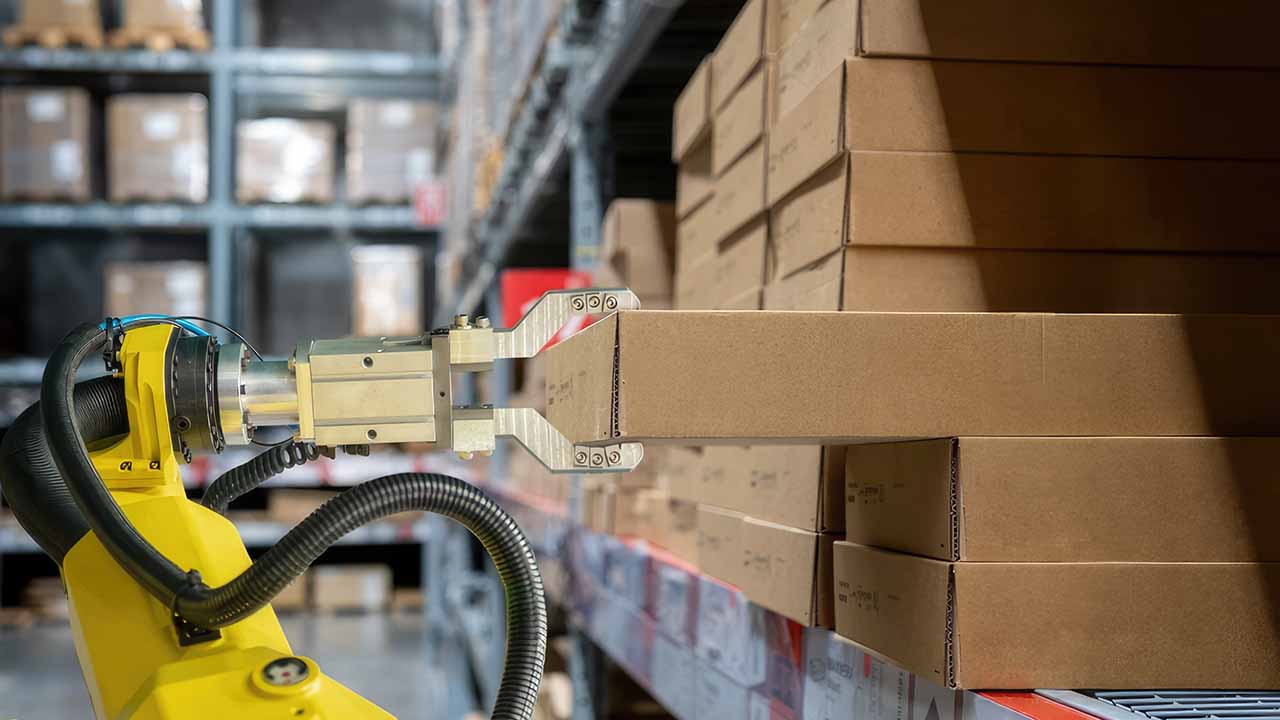
In today’s competitive business environment, staying ahead of the latest automation technology trends for warehousing is critical to success. By investing in warehouse automation technologies, businesses can improve efficiency, accuracy, and safety, while also reducing costs and improving sustainability.
However, implementing automation technologies can be a complex process, requiring significant planning and investment. It is important for businesses to carefully evaluate their needs and objectives before investing in warehouse industry trends, and to work with experienced providers who can help guide them through the process.
In conclusion, the latest warehouse automation technology trends, such as RaaS, COBOTS, AGVs, AMRs, and ASRS, offer potential benefits for businesses that can improve the future of warehousing. By leveraging these technological warehouse industry trends, businesses can improve accuracy, efficiency, safety, and sustainability, while also reducing costs and optimizing warehouse space. However, successful implementation requires careful planning, investment, and expertise, making it important for businesses to work with experienced providers who can help them navigate the complex process of warehouse automation.
Need help figuring out the total volume of usable space in your warehouse? We built a simple tool to help you calculate that.
The pallet storage capacity calculator quickly determines the total number of pallets your warehouse can store based on rack configuration.
The benefits of these new warehouse automation trends include increased efficiency, productivity, and accuracy in warehouse operations, reduced labor costs and worker injuries, improved inventory management, and faster order fulfillment times. Additionally, these technologies can help businesses stay competitive by adapting to changing consumer demands and market trends.
Some of the challenges associated with implementing new warehouse automation technologies include the need for significant upfront investment in equipment and infrastructure, the complexity of integrating new systems with existing processes and software, the potential for technical glitches and system failures, and the need to train workers on how to operate and maintain new equipment. Additionally, some workers may be resistant to the introduction of new technologies and may require additional training and support to adapt to changes in their job responsibilities.
Yes, a racking system can be automated with the use of technology such as robotic picking and autonomous vehicles, increasing productivity and efficiency.
When choosing an automation solution, consider factors such as cost, compatibility with existing systems, reliability, flexibility, scalability, and the level of technical expertise required to operate and maintain the system.

This warehouse management article helps you understand practical advice for any business that is involved in running warehousing operations.
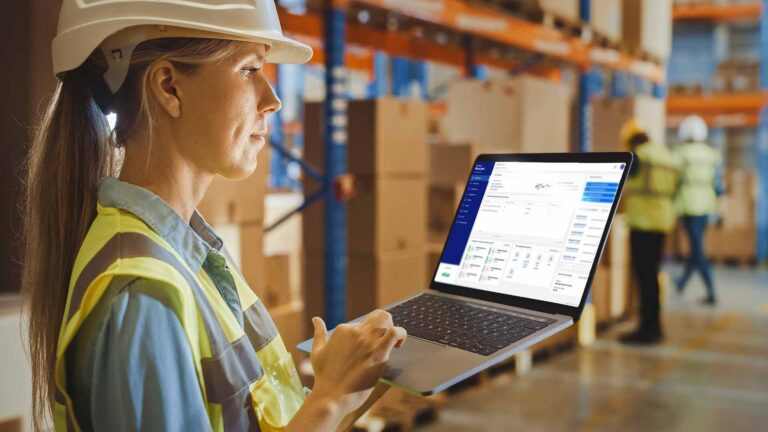
Answering “what is a warehouse management system?” and how it can help businesses to organize their storage, stock levels, and shipments.
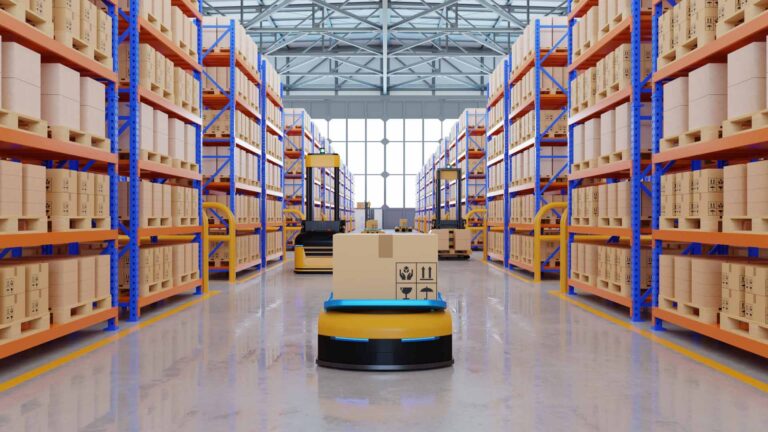
Warehouse automation is very common optimization tool for any size business. But how do you implement it, and what are the possible pitfalls?
There was a time when businesses revolved centrally around the customer and their needs. Decisions were made based on what is best for the customer first. People did what they said they would, and jobs were completed on time. AMS carries on the tradition of customer service today.
AMS is a customer service-centric warehousing and fulfillment company. We have the software, but we don’t replace PEOPLE and SERVICE with software. Being that we are a contract manufacturer as well, we have a lot of expertise and capability that you can rely on and trust.